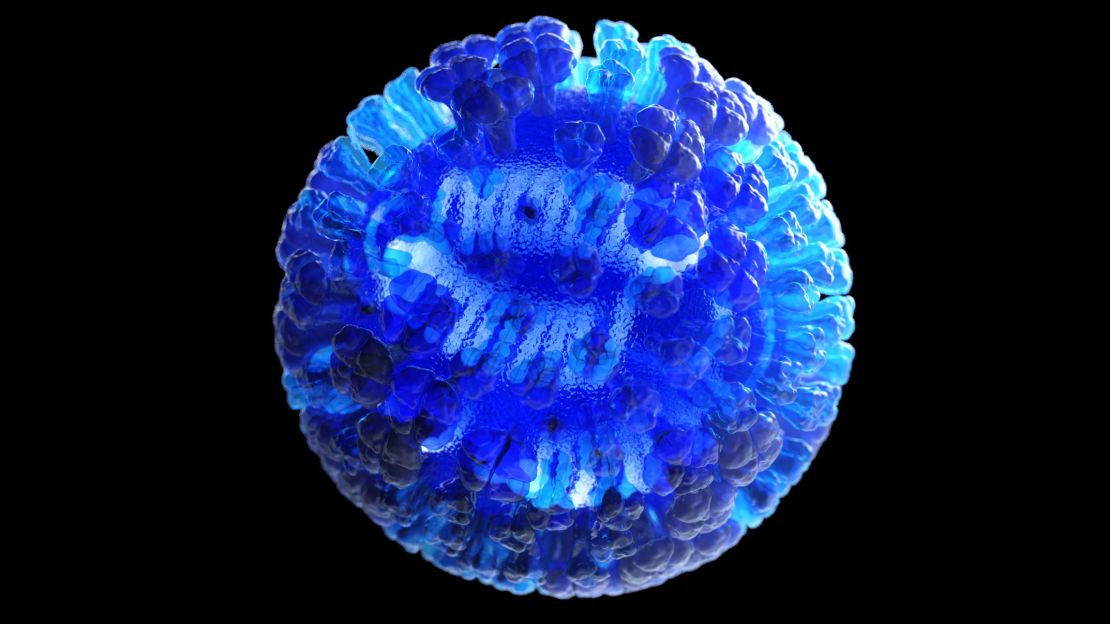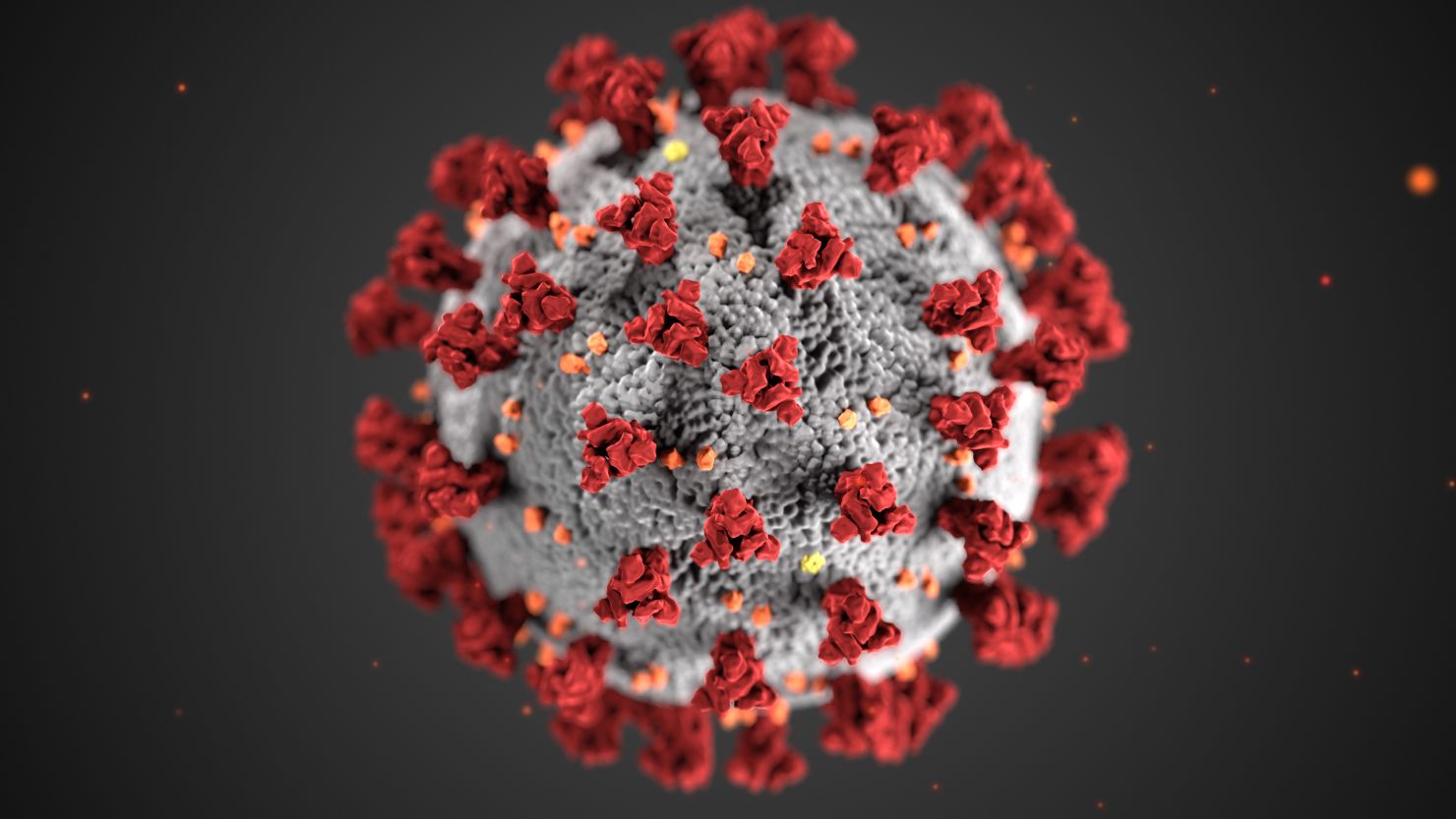What started out as another project at work has turned into the face of a global pandemic.
When medical illustrators Alissa Eckert and Dan Higgins at the Centers for Disease Control and Prevention started working on an illustration of the novel coronavirus, little did they realize that it would be the image people around the country and the world would see every day during the pandemic.
After the CDC’s emergency operations center was activated in late January, Eckert and Higgins were told they needed to get an image of the virus out to the public. They sprang into action immediately, starting by researching the structure of the virus and consulting with subject matter experts in the lab at CDC, Eckert said.
Once they got that information, the illustrators turned to the Protein Data Bank on the web. The data bank is a database of three-dimensional structural data of large biological molecules, like proteins and nucleic acids.
“Using the research of the protein data bank of the virus, we were then able to compile the necessary data to construct the viral structure into a 3D environment,” Higgins said. “We downloaded this data into visualization software. Took the parts we needed, optimized them, then took them into 3D software.”
Using 3D software, they tested different lighting, materials and colors. After choosing those effects, they gave the illustration a final polishing. Once approved by the CDC, the illustration was released to the public. The whole process took about a week.

One of the key things Eckert and Higgins had to keep in mind was to use colors that would communicate the gravity of the situation to the public.
“We didn’t want it to be too playful, but we didn’t want it to be scary either. We also wanted the structure to have a realistic feel to it,” Eckert said.
Besides making sure the image was realistic, they needed to ensure the public would understand that coronavirus is affecting everyone’s communities. In short, they had to bring it to life.
“Creating it with lifelike textures that make you feel like you can touch it brings it closer to reality. It is a way to take something complex and abstract and make it tangible. We gave the virus a face,” they both chimed in.

The Graphic Services Branch at the CDC has eight illustrators: six medical and two nonmedical.
'Unseen Enemy: Pandemic'
The coronavirus illustration is one of many that this team has worked on. They have illustrated other deadly illnesses like Ebola, influenza, measles, mumps, norovirus, yellow fever, rotavirus and the hantavirus.
Being a medical illustrator is not easy. One must have an advanced education in science, anatomy and art to be able to translate complex biological and medical information into visual representations which people can easily understand, while maintaining aesthetics, accuracy and clarity.

But both Eckert and Higgins say the coronavirus has changed their lives just like everyone else. They’re both working from home on illustrations.
Eckert says she is juggling work with helping her school-aged children with distance learning and spending time with her dogs. Higgins said he has had to move furniture in his home to make way for an in-home ballet studio for his children.
For more information on how to stay safe and healthy visit the CDC’s coronavirus website.
